Pulmonary Function Testing Basics: How PFT Machine Assess Lung Health
Pulmonary Function Tests (PFTs) are essential for evaluating lung health and diagnosing respiratory conditions. A PFT machine, commonly used in hospitals and clinics, provides detailed information on lung performance, making it indispensable in assessing and managing patients with respiratory diseases such as asthma, COPD, and other chronic lung conditions. Here’s a breakdown of what PFTs are, how they work, and how healthcare providers use them to assess lung health.
What Are Pulmonary Function Tests?
Pulmonary Function Tests are a series of non-invasive tests that measure how well a person’s lungs work. They evaluate three primary aspects:
- Lung volume: The amount of air in the lungs during different stages of the respiratory cycle.
- Airflow rate: The speed at which air moves in and out of the lungs.
- Gas exchange: The efficiency with which oxygen enters the blood and carbon dioxide leaves it.
These tests are used in preventive screenings, preoperative assessments, and in diagnosing lung disorders. They’re also valuable for monitoring the progression of lung diseases and the effectiveness of treatments.
How PFT Machine Work
A PFT machine measures different parameters of lung health through tests like spirometry, lung volume tests, and diffusion capacity tests. Here’s a closer look at how each component works:
- Spirometry
Spirometry is the most common PFT. It measures the volume and speed of air that can be inhaled and exhaled, providing critical insights into lung capacity and airflow. During the test, the patient breathes into a mouthpiece connected to the spirometer, which records metrics like:- Forced Vital Capacity (FVC): The total volume of air exhaled during a forced breath.
- Forced Expiratory Volume (FEV1): The volume of air exhaled in the first second of a forced breath.
These measurements help detect obstructive lung diseases like asthma and COPD.
- Lung Volume Measurement
Lung volume tests measure the amount of air in the lungs after a deep inhalation and how much remains after exhalation. Two common techniques are used:- Body plethysmography: The patient sits inside a sealed box to measure lung volumes and airway resistance.
- Gas dilution: The patient inhales a known amount of gas, such as helium, and the concentration is measured to determine lung volumes.
- Diffusion Capacity Test (DLCO)
This test assesses the lungs’ ability to transfer oxygen into the bloodstream. Patients inhale a small amount of carbon monoxide, and the machine measures how much is absorbed. Low diffusion capacity indicates issues with gas exchange, common in conditions like pulmonary fibrosis or emphysema.
Why PFT Machines Are Crucial for Assessing Lung Health
PFT machines are instrumental for:
- Early Detection of Respiratory Conditions: Many lung diseases are progressive, and early diagnosis can lead to more effective management. PFTs help identify abnormal lung function before symptoms become severe.
- Monitoring Disease Progression: For chronic conditions like COPD and asthma, PFTs track disease progression and treatment response, helping to adjust medication and therapy as needed.
- Preoperative Assessment: In surgical patients, especially those undergoing thoracic or cardiac surgery, PFT results help evaluate if the patient can handle anesthesia and recover from surgery without complications.
- Assessing Treatment Efficacy: Patients with respiratory conditions can undergo routine PFTs to evaluate how well a treatment is working, which aids in modifying or continuing a particular therapy plan.
Preparing for a PFT: What Patients Should Know
For accurate results, patients should follow specific guidelines:
- Avoid heavy meals: A full stomach can interfere with the test by restricting lung expansion.
- No smoking or caffeine: Both can affect lung function results.
- Wear loose clothing: This allows for unrestricted chest movement during breathing tests.
Interpreting PFT Results
Results are usually compared against standardized norms based on age, gender, height, and ethnicity. Healthcare providers look for values outside the normal range to identify potential issues:
- Obstructive Lung Disease: Conditions that narrow airways, like asthma and COPD, show reduced FEV1 and FVC.
- Restrictive Lung Disease: Conditions that limit lung expansion, such as fibrosis, show lower lung volumes.
- Impaired Diffusion: A low DLCO value suggests issues with oxygen exchange, often due to damage to the lung tissue or alveolar walls.
Advancements in PFT Machine and Their Impact
Modern PFT machines now offer digital readings, software integration, and even telehealth capabilities, making it easier to store, retrieve, and analyze data remotely. These advancements also improve testing accuracy and streamline workflows, allowing respiratory therapists and pulmonologists to access more precise and actionable insights.
Final Thoughts
PFT machines are vital tools for any healthcare setting, providing a detailed understanding of lung function and assisting in early diagnosis, disease management, and treatment efficacy. With advancements in technology, PFTs are becoming more accessible and accurate, enabling timely interventions that can significantly improve patient outcomes in respiratory care.
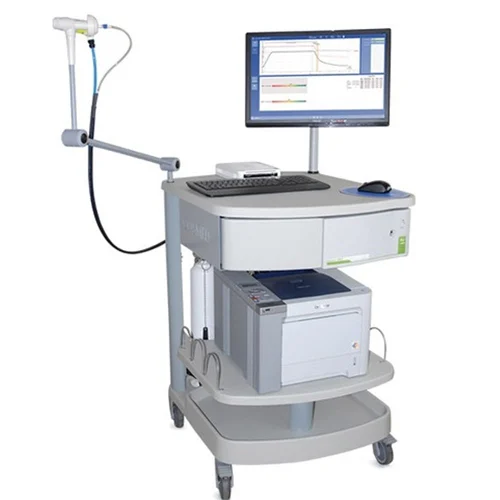
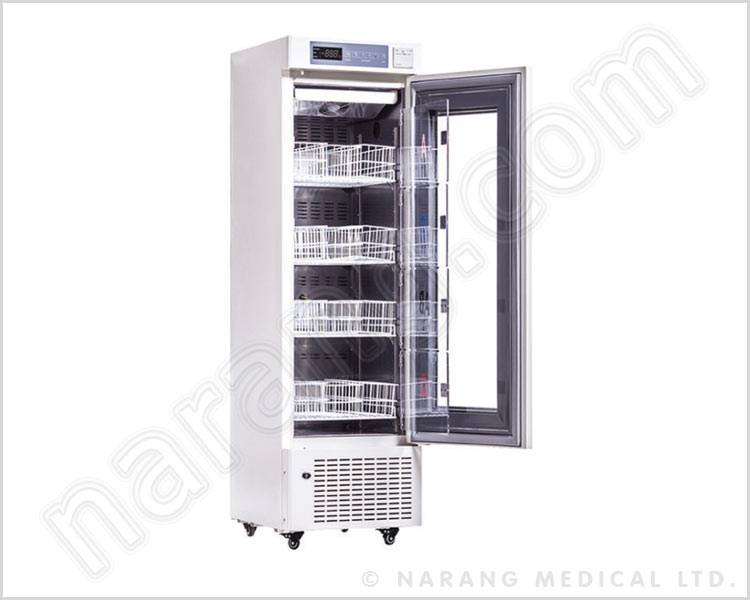

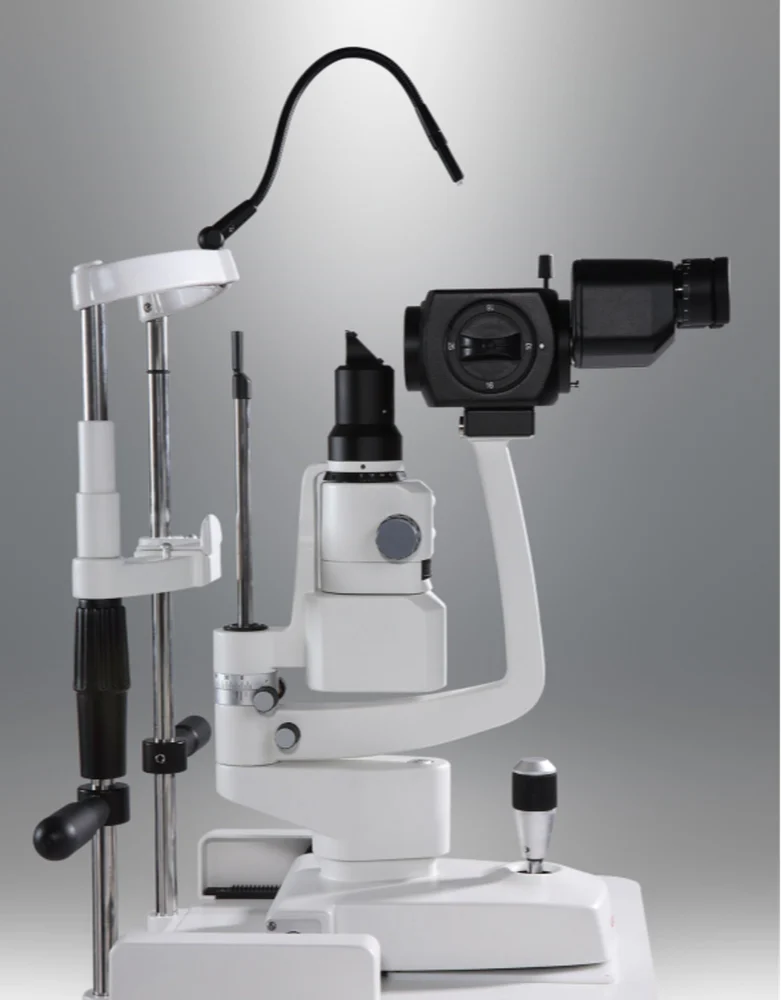



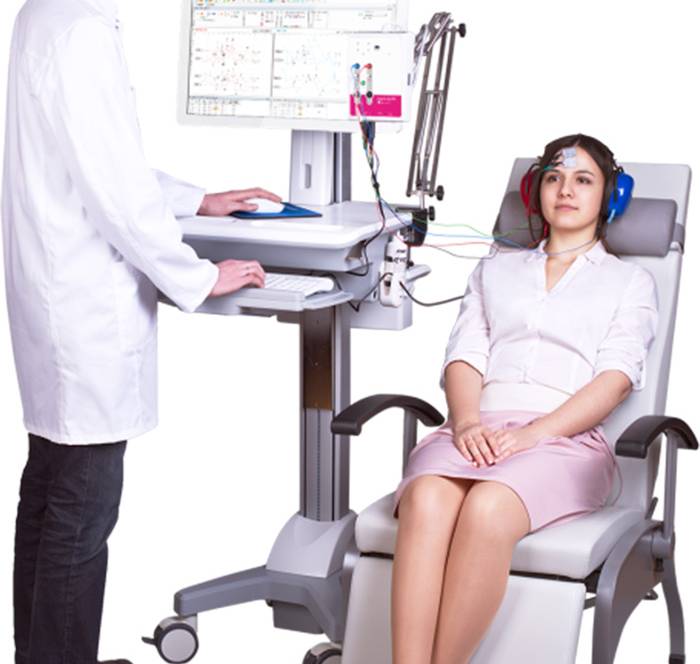
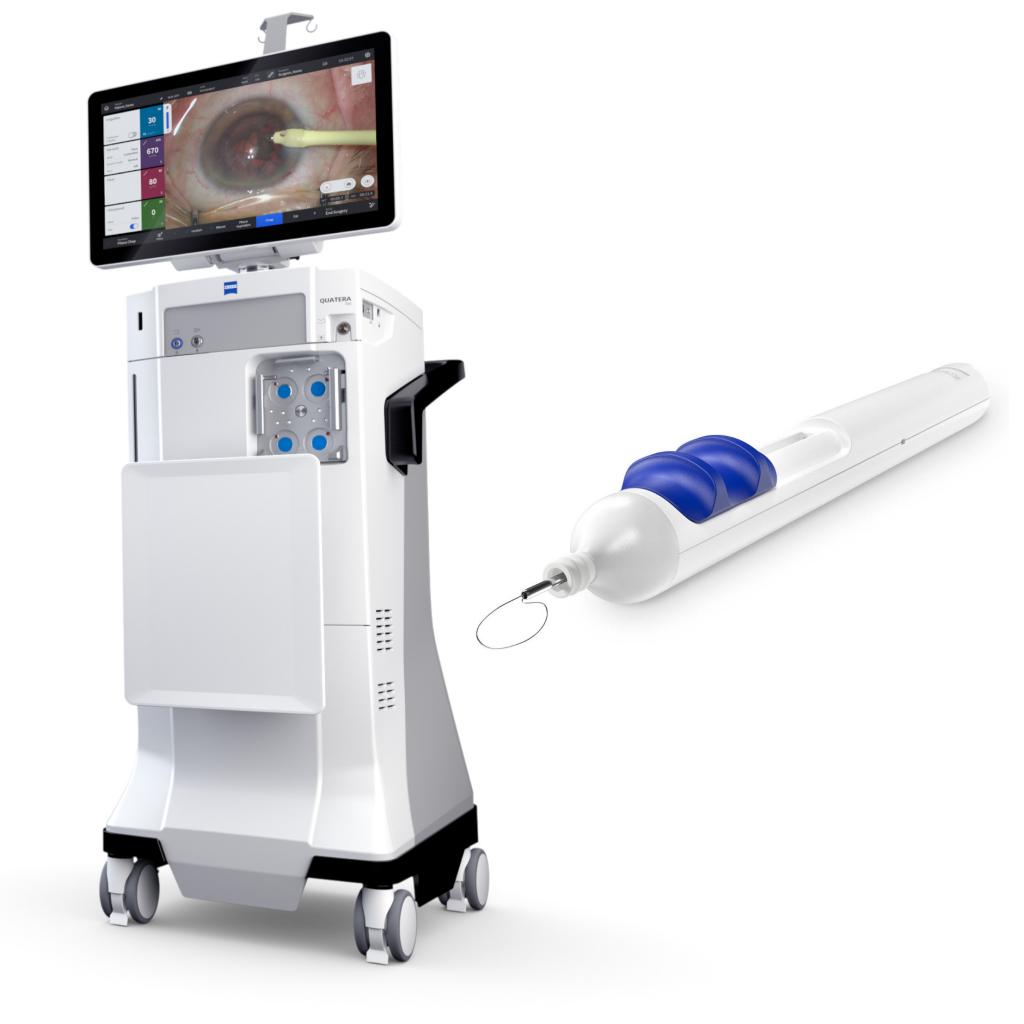
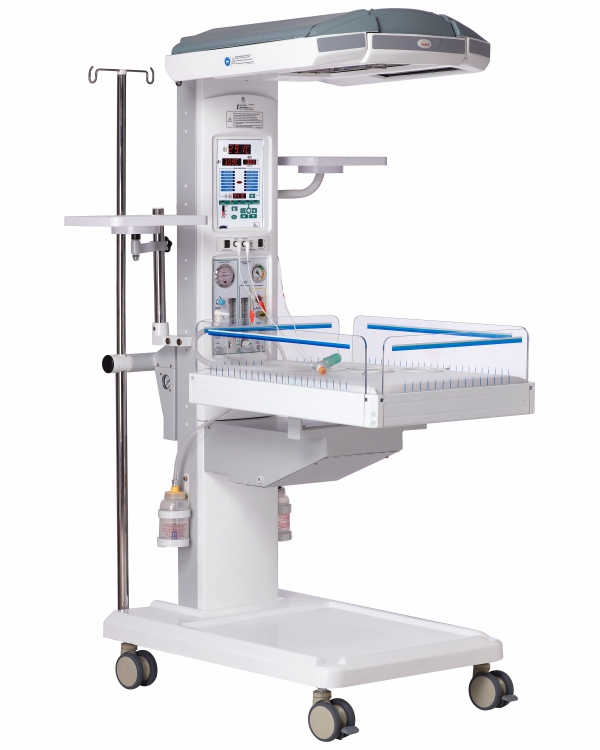
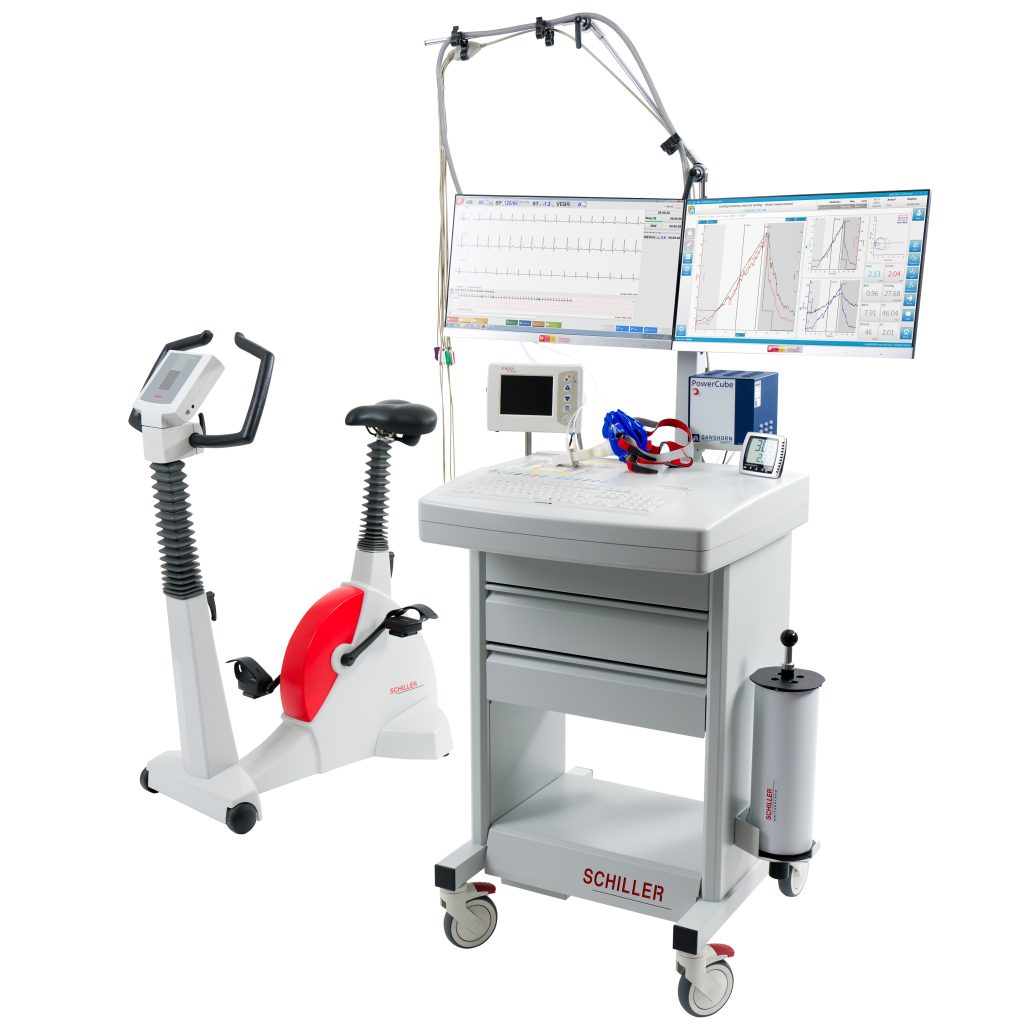




Leave a Reply